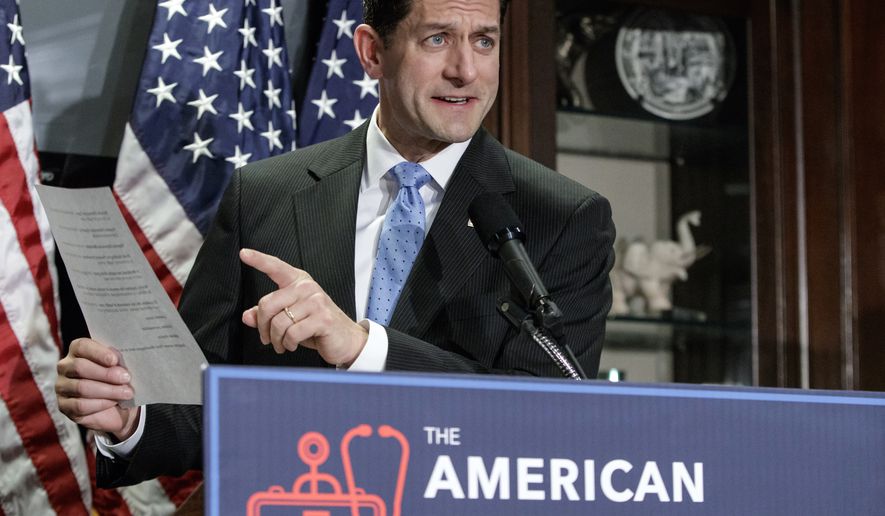ANALYSIS/OPINION
President Trump discovered that the issue is complicated.
The airwaves boom about healthcare … what it is and how to find it, and most contentious of all, how to pay for it. Words like “access” and “coverage” ring with ambivalence born of a growing awareness that the issues and interests beneath America’s healthcare crisis are too deep and too strong to fix by merely tinkering with government policy.
Will Trumpcare or Ryancare change the shameful fact that the U.S., which spends more than any other country in the world on healthcare - has a higher infant mortality rate than 25 other countries? Will they change the fact that medical bills are the number 1 cause of personal bankruptcy for Americans?
Not a chance.
I once had a working class patient who described his dilemma and his solution, as follows:
I can’t afford to pay for my medicine and rent and food, too. I guess when I get sick enough, they’ll put me in a nursing home, and Medicaid will pay for all three.
In my private clinical practice I have seen many people torn by the cost of care…sometimes their own, other times for a parent, spouse or child.
The EpiPen scandal of a few months ago revealed one of the underlying roots of the healthcare crisis: astronomical, unjustifiable drug prices that gouge the sick.
I know an upper middle class suburban family with a chronically ill member who worry about how they will continue to afford her multiple medications. They have pretty good health insurance, but it limits the amount of medicine it will pay for, regardless of the dosage her doctor prescribes.
Each prescription requires a large co-payment after the substantial annual deductible is met. For an idea of the financial burden of this illness, consider this: a single one of the prescriptions costs $12,000 a month.
And this family’s situation is not unique.
Let’s examine a disease that is on the increase today, simply because we live longer. Alzheimer’s Disease. The diagnosis impacts the entire family in a profound way. There’s no room for blaming the victim of this destructive illness.
Bad choices, bad habits or bad behaviors do not cause it – we don’t know yet what does, and if the proposed 20% cut is made to the NIH budget, it may take us even longer to discover the cause and find a cure.
Today, every 66 seconds someone in the U.S. develops the disease, according to the Alzheimer’s association. Here are the common costs the diagnosis entails. They are all healthcare needs.
• Ongoing medical treatment for Alzheimer’s-related symptoms, diagnosis and follow-up visits
• Treatment or medical equipment for other medical conditions
• Safety-related expenses, such as home safety modifications or safety services for a person who wanders
• Prescription drugs
• Personal care supplies
• Adult day care services
• In-home care services
• Full-time residential care services
It’s bad enough to be sick. Obstacles to treatment and care exacerbate the sick person’s suffering. Healthcare is not merely an abstract policy issue, to be dealt with by slogans and charts. It is a mark of our decency. The way a society deals with healing and caring for the sick is a measure of the goodness of that society.
Let us remember that when we talk about the sick, we are not talking about someone else. We are all, each of us, only temporarily healthy and able-bodied.




Please read our comment policy before commenting.